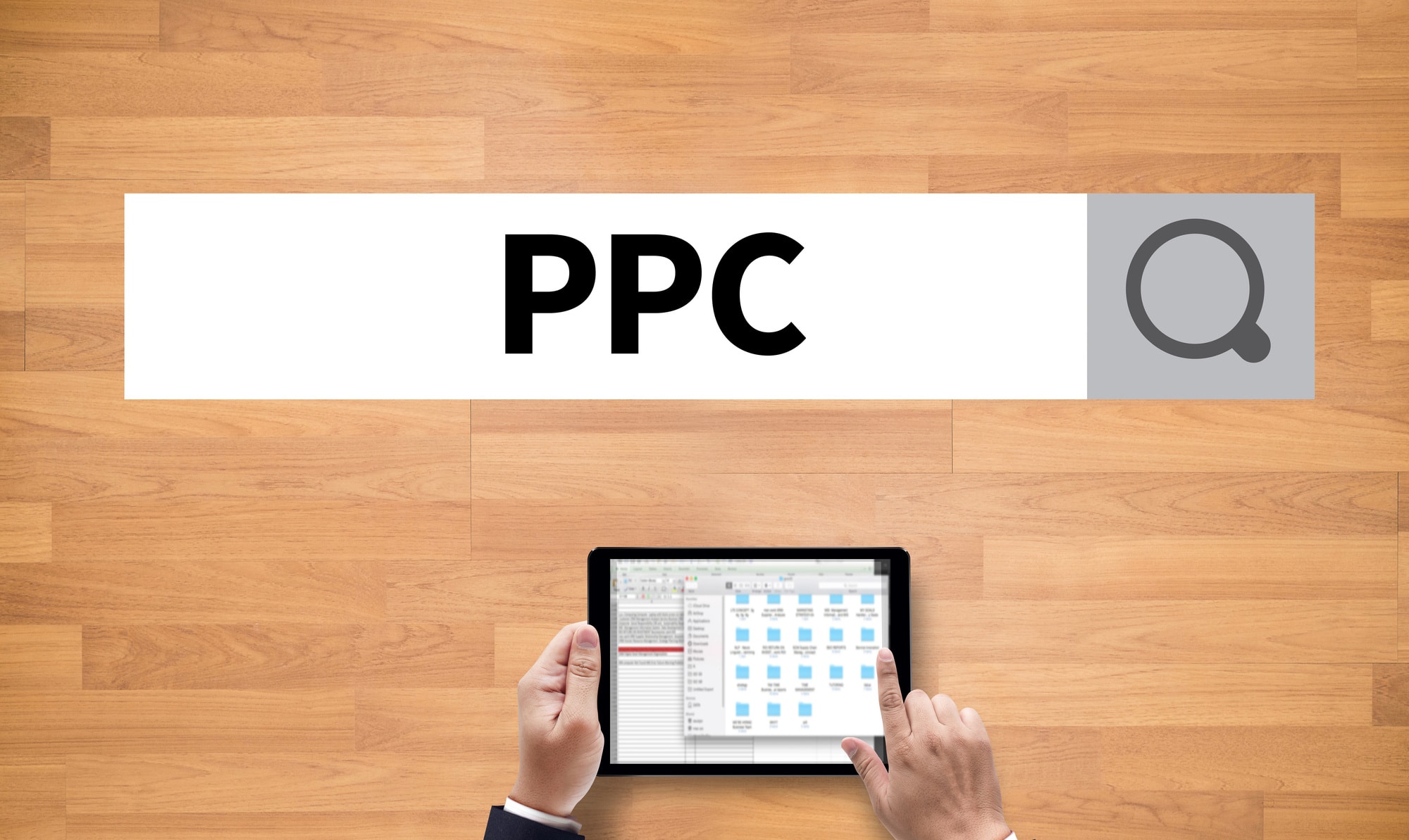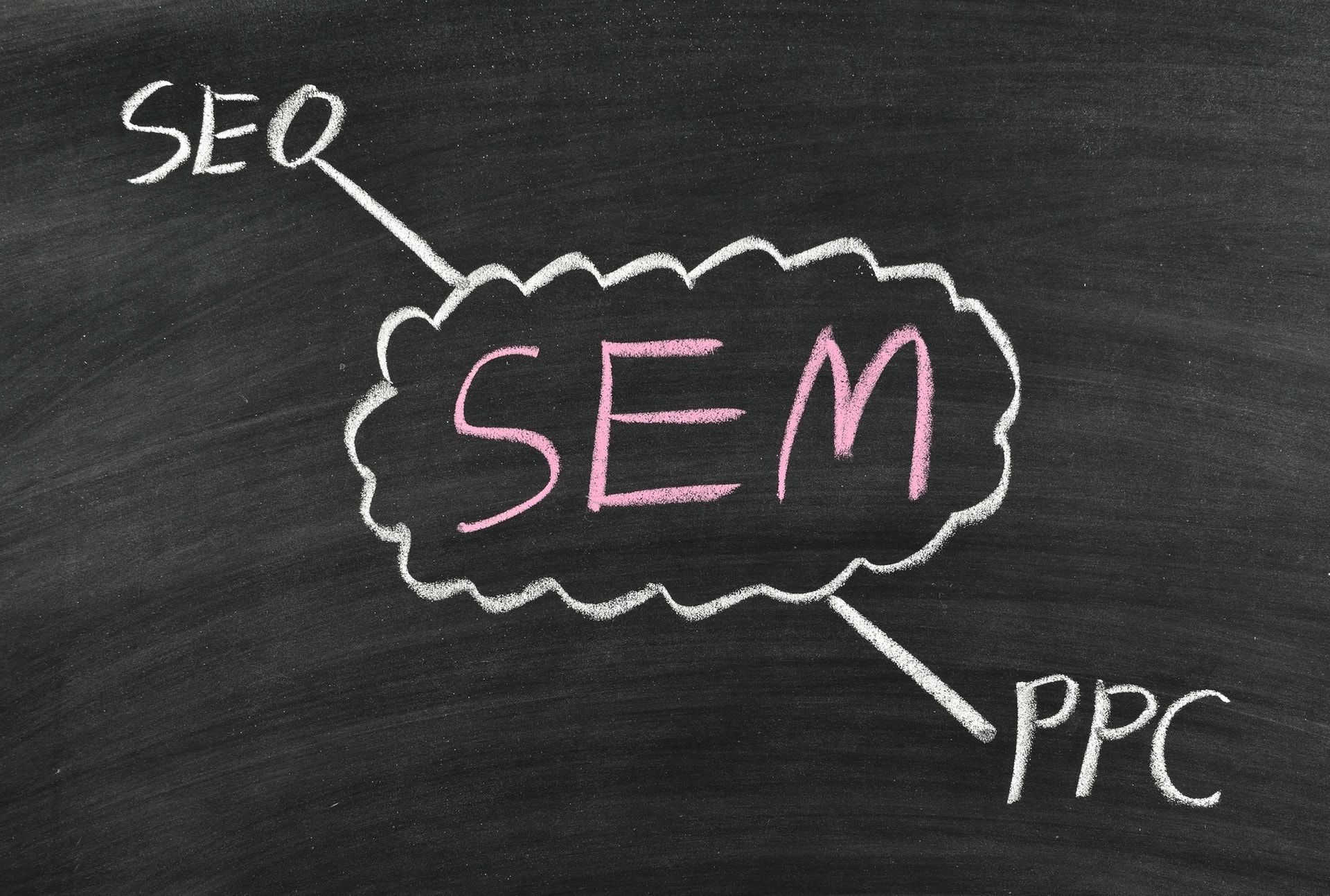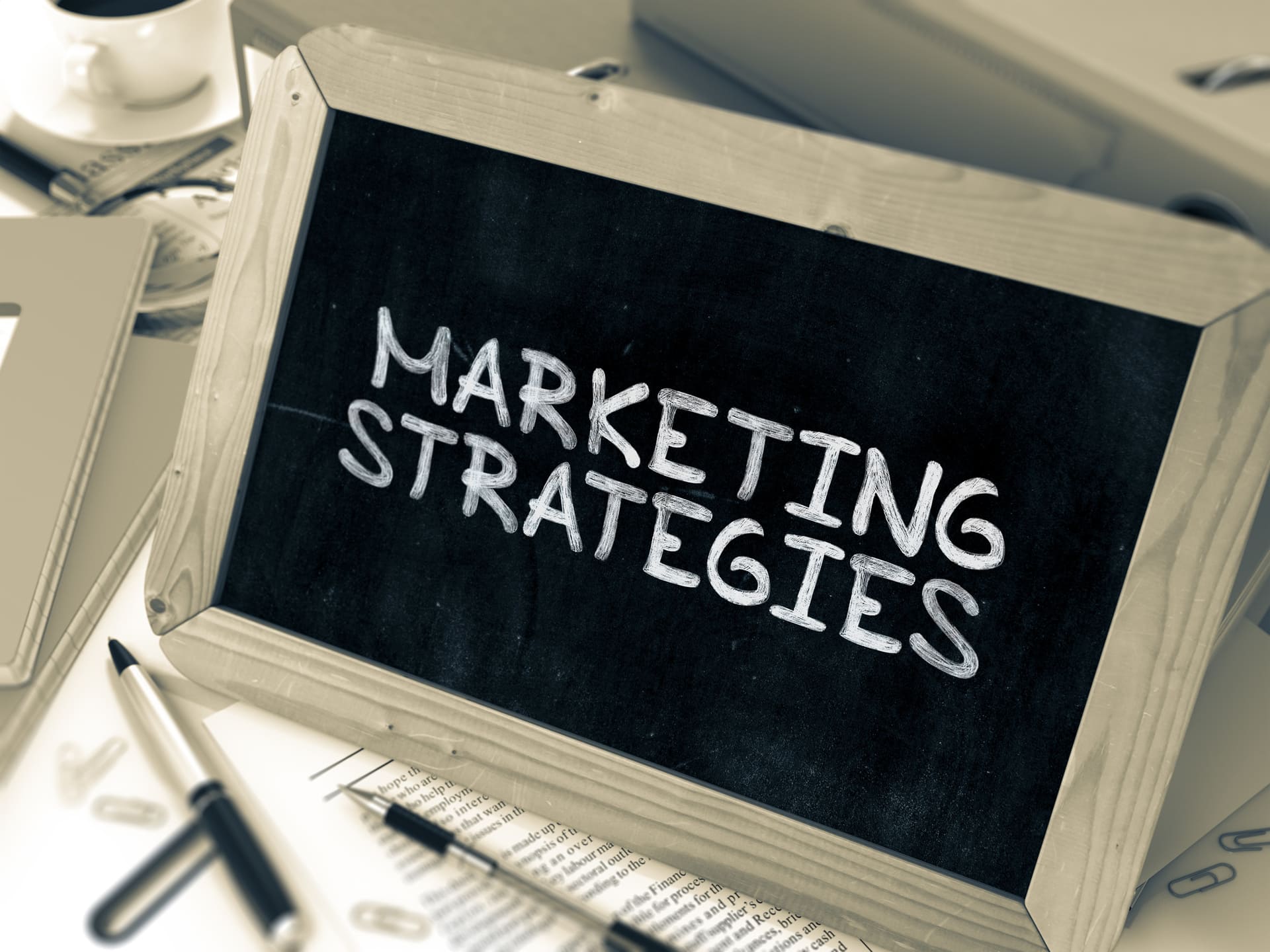You’re probably familiar with the saying ‘client is king.’ Or perhaps that other famous quote – ‘the customer is always right’?
There’s a reason why there’s so much focus placed on the buyer. It is simply because their experience directly impacts their buying choices. Please a potential buyer, and you have a customer for life!
User journey mapping is a UI/UX design mechanism to understand the client’s expectations and experience. Tailoring your product and services to this map can be a critical factor in driving business success.
Want to learn how to utilize this simple tool today? Read on.
What Is a User Journey Map?
A user journey map is a visual representation of a client’s journey through your business. To build a journey map is to put yourself in your user’s shoes. This will allow you to optimize their final experience to create value for clients and conversions for your business.
It’s a win-win both ways!
Why Is User Journey Learning Essential?
Going through the process of creating a journey map is a great way to grow your business. It will ensure that you maximize all the traffic and clicks your website gains to its maximum potential.
Following are the main benefits of creating a user journey map:
- Increase revenue from new and existing customers
- Create a successful inbound marketing strategy
- Offer stellar customer service to your clients
- Provide a seamless experience to your customers
The insights you’ll gather from this simple exercise will take your brand to new heights.
How to Create an Effective User Journey Map
Now, let’s get into the best way to create a user journey map that makes a difference.
1. Conduct Buyer Research
The best way to understand how clients interact with your business is to gather data about them and their habits. Go through your analytics and see how clients discovered your website.
Observe the content they consume, the pages they click on, and what they’re saying on socials. The goal of this step is to understand how they arrived at making customer decisions.
2. Define Goals
Try to understand what customers are looking for during each stage of their buying journey. Once you’ve defined your customer goals, it’s time to create content marketing strategies tailored to them.
Great content does three things: it establishes brand authority, provides customer value, and, most importantly, it sells.
Understanding how clients interact with content will allow you to create content that moves them down the conversion funnel.
3. Define Touchpoints
User touchpoints are the steps your customer takes in moving down the conversion chain. This can include awareness, word of mouth, page loading times, community forum, and promotions.
4. Identify and Address Pain Points
Customer service is a good place from which to start identifying pain points. Service tickets will help identify issues such as slowness, lack of information, or unclear pricing.
From there, it is as easy as systematically addressing your support tickets to ensure greater client satisfaction.
Take Your Business to the Next Level
In conclusion, user journey mapping is one of the most vital tools a business can utilize. It drives traffic, converts clicks, and generates revenue.
Not sure how to get started on your journey mapping? Our team has over 10 years of experience in using content marketing and user journey mapping to create revenue. We’ve helped numerous businesses like yours optimize their client experience for maximum benefits.
Click here to check out our digital marketing services.











